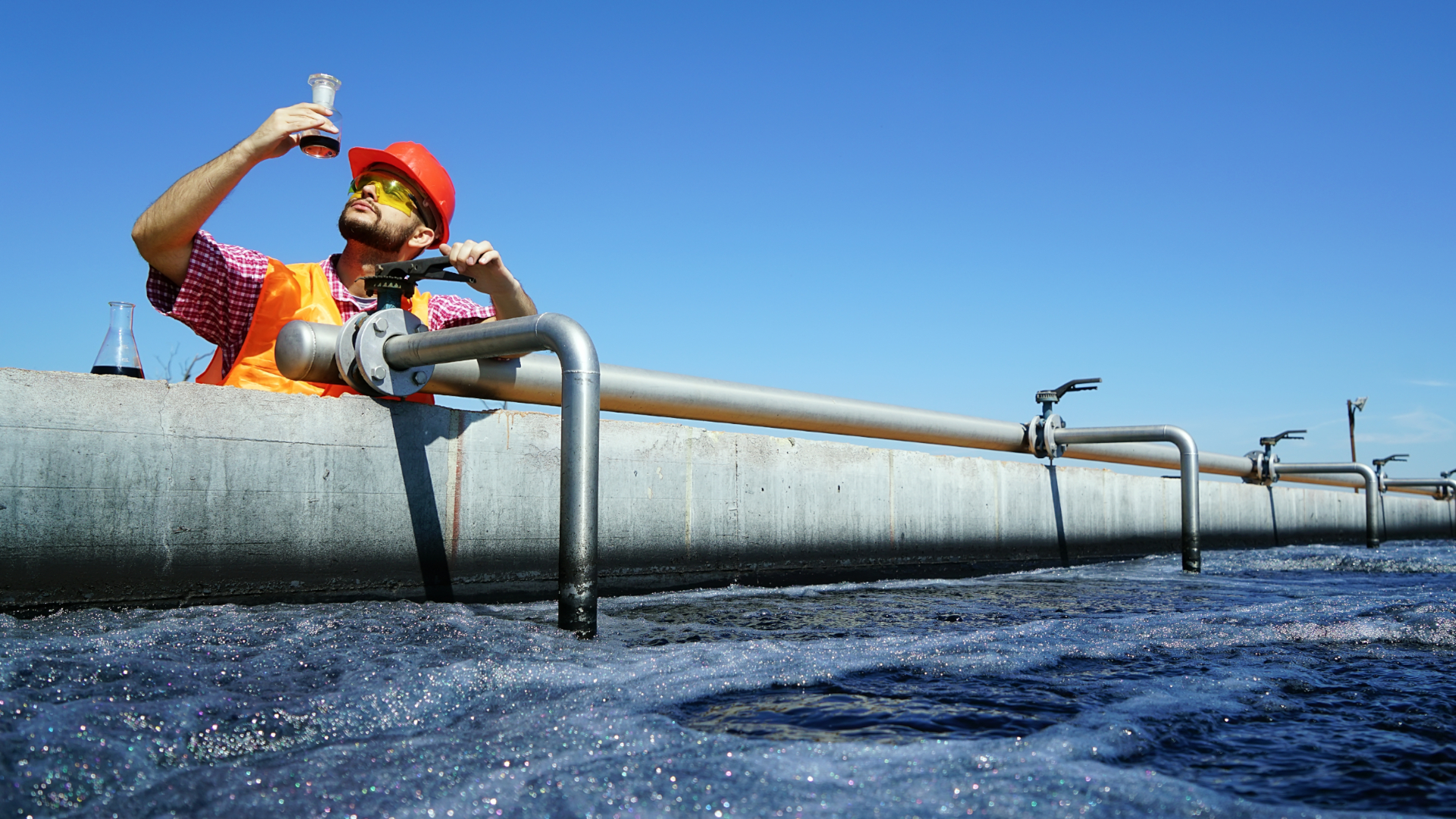

Water Analysis
Monitoring of Heavy Metals and Hazardous Elements in Water by XRF
Water sources must be monitored for heavy metals and other dangerous elemental contaminants to protect people, animals, and the surrounding environment.
XRF is a fast, nondestructive technology for elemental analysis of heavy metals and other trace elements in soil. Bruker’s Elemental Analyzer portfolio includes high-throughput lab-based ED-XRF and WD-XRF, point-and-shoot handheld XRF, micro-XRF, and total reflection XRF (TXRF) spectrometers..
Portable XRF is ideal to screen for heavy metals in suspect bodies of water before, during, and after clean-up as well as in runoff streams from mining and other industrial activities.
TXRF provides multi-element analysis of water, including halogenides. It has the sensitivity of ICP-OES and AAS for heavy metal analysis without needing external calibrations or high maintenance costs. TXRF elemental analysis is a significantly faster and “greener” method than ICP.
Analyzing Microplastics on Any Filter or Matrix by FT-IR
In recent years, tiny microplastic particles have been observed in seawater, drinking water and even in the atmosphere. They are washed out of the air by rain and snow and are spreading even to remote regions as the Arctic and the Alps.
When analyzing microplastics in water, the selection the filtration process is almost as important as the sample preparation itself. FT-IR microscopy offers you the possibility to analyze smallest polymer particles on all kinds of filters and independent of the matrix. It offers:
- Particle type, size and number
- Automated particle recognition
Oil and Grease Analysis by Solid Phase Extraction and FT-IR
Organic toxic waste (oil and grease) causes ecology damages for aquatic organisms, plant, animal, and equally, mutagenic and carcinogenic for human being. Therefore, whenever oil and grease are handled industrially and on a larger scale (e.g. offshore oil-rigs) their discharge into the environment should be monitored closely.
The ASTM approved method D7575 describes convenient approach by using infrared spectroscopy. Watersamples are simply passed through a solid phase extractor and immediately analyzed for their oil and grease content. The analysis allows direct evaluation of the amount of oil contamination and its origin.
Screening for Pollutants in Water by Mass Spectrometry
Water sources, whether ground, river, sea or drinking, are often monitored for organic contaminants such as pesticides, dioxin type compounds and other contaminants such as emerging pollutants in order to protect people, animals, and the surrounding environment.
Mass spectrometry is a powerful way of analyzing known/targeted pesticides or to monitor emerging contaminants via untargeted/unknown screening in water. Bruker’s TargetScreener provides a comprehensive solution for both targeted and non-targeted workflows and provides unique capabilities for reliable, simultaneous detection and quantitation of multiple targets in a large variety of different matrices.